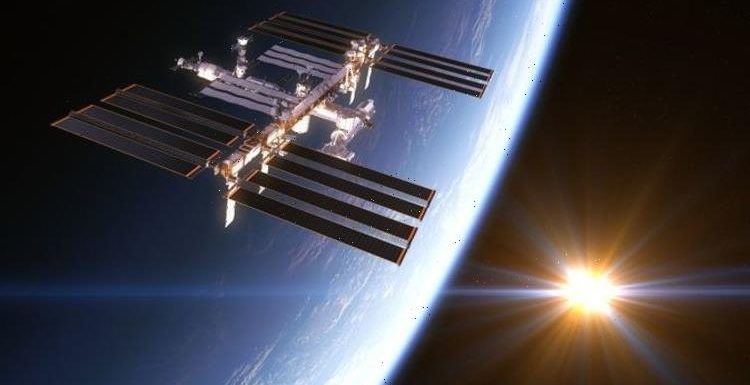
NASA testing planetary defence spacecraft to divert asteroid's path
We use your sign-up to provide content in ways you’ve consented to and to improve our understanding of you. This may include adverts from us and 3rd parties based on our understanding. You can unsubscribe at any time. More info
The space agency indefinitely postponed the spacewalk that was planned for Tuesday by two astronauts on the ISS after a “debris notification” put them on high alert. Astronauts Thomas Marshburn and Kayla Barron were supposed to embark out into space to fix the broken antenna, but NASA officials said there was an elevated risk of from space debirs. It comes after the Russian’s blew up an old satellite in an anti-satellite (ASAT) weapons test in a move that sent 1500 pieces of space debris whizzing past the ISS, sending four NASA astronauts ducking for cover in their spaceships.
But it is unclear whether it is the space debris from that test that is causing this threat to the NASA astronauts who need to conduct this mission aboard the ISS.
Around five hours before the mission was due to start, NASA wrote on Twitter that the spacewalk had been called off for now.
The space agency tweeted: “NASA received a debris notification for the space station.
“Due to the lack of opportunity to properly assess the risk it could pose to the astronauts, teams have decided to delay the November 30 spacewalk until more information is available.”
It was not reported how close debris had come to the ISS, which orbits about 250 miles (402 km) above the Earth.
NASA TV had planned to show live coverage of the spacewalk, that was due to take around six-and-a-half-hour and was scheduled to start at 7.10 ET (12.10 GMT).


Around five hours before the mission was due to start, NASA wrote on Twitter that the spacewalk had been called off for now.
The space agency tweeted: “NASA received a debris notification for the space station.
“Due to the lack of opportunity to properly assess the risk it could pose to the astronauts, teams have decided to delay the November 30 spacewalk until more information is available.”
It was reported how close debris had come to the ISS, which orbits about 250 miles (402 km) above the Earth.
NASA TV had planned to show live coverage of the spacewalk, that was due to take around six-and-a-half-hour and was scheduled to start at 7.10 ET (12.10 GMT).

Their main objective was to remove a faulty S-band radio communications antenna assembly that had been there for over 20 years and replace it with a brand new antenna stowed outside the ISS.
The broken antenna had stopped sending signals to Earth, its intended purpose.
While other antennae on the space station can carry out that same task instead, mission managers decided to install another one as a back-up measure.
Mr Marshburn was supposed to work with Ms Barron while positioned at the end of a robotic arm controlled from inside the ISS by the German astronaut Matthias Maurer of the European Space Agency, with assistance crewmate Raja Chari.
These astronauts had arrived at the ISS on November 11 in Elon Musk’s SpaceX Crew Dragon capsule.
DON’T MISS
Bermuda Triangle bombshell as probe uncovered 80-year-old shipwreck [REPORT]
Russia threatens millions as it runs rampant in Irish waters [REVEAL]
Archaeology breakthrough as 11-year-old finds ‘rare’ silver coin [INSIGHT]


It was launched from the Kennedy Space Centre in Cape Canaveral, Florida.
They also joined two Russian cosmonauts and a NASA astronaut who was already on board.
It was four days later when Russia’s ASAT test took them by surprise and forced them all to take cover in their spaceships while dangerous space debirs was sent hurtling past the ISS.
While the debris cloud has reportedly dispersed, NASA suspects that the remaining pieces of space debris still pose a “slightly elevated” background risk to the space station as a whole, according to NASA deputy manager for the ISS Dana Weigel.
There is also reportedly a seven percent higher risk of spacewalkers’ suits becoming punctured due to the ASAT test’s space debris.
Source: Read Full Article